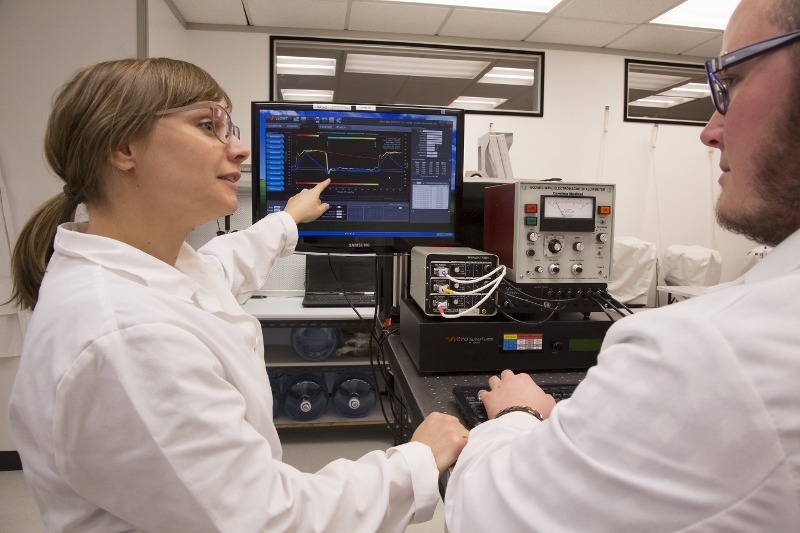
7 Benefits of Using Adaptive Design for Clinical Studies
What is adaptive design for clinical study and why is the Medical Device community so excited about it?
An adaptive design for a medical device clinical study is defined as a clinical trial design that allows for prospectively planned modifications based on accumulating study data without undermining the trial’s integrity and validity.
This year, on July 27th, the FDA published the long awaited guidance on Adaptive Designs for Medical Device Clinical Studies which gives the opportunity to medical device developers to use more flexible approaches in their clinical development program. Adaptive design for clinical studies is applicable to premarket medical device submissions including Premarket Approval Applications (PMA), premarket notification (510(k)) submissions, de novo submissions, Humanitarian Device Exemption (HDE) applications and Investigational Device Exemptions (IDE) submissions.
What does that mean for the Medical Device industry? Reassessing sample size, adapting sample size, dropping a treatment arm, changing the randomization ratio, investigating superiority and non-inferiority are some of the new options now available and described in detail in the FDA guidance.
Adaptive studies can be especially useful in the pivotal stage if there are uncertainties about one or two aspects of the study. In some cases, an adaptive design can obviate the need for a feasibility study (or a second feasibility study), and instead can allow the uncertainties to be scientifically addressed in an adaptive pivotal study. Generally, an adaptive study allows the planners to learn during the study about a small number of uncertainties and make preplanned, scientifically-valid changes based on accumulating data while maintaining study integrity. However, if there are numerous uncertainties, an adaptive design may be difficult to plan and implement.
Here are seven benefits of adaptive design:
- It can be more efficient, saving time, money, and resources
- It can improve the chance of trial success by employing sample size reassessment.
- It can yield an improved understanding of the effect of the investigational treatment.
- It may facilitate transition from premarket to post market follow-up.
- Adaptive designs can include a plan to modify the patient population during the study, converting what would otherwise be a failed study to one with, for example, a more targeted indication for which there are data to support both safety and effectiveness
- It can enhance patient protection by increasing the probability that a patient is allocated to the treatment most likely to result in a better outcome for that patient.
- It can improve decision-making at milestones during product development.
If the concept of adaptive design sounds appealing, you are strongly encouraged to consult with the FDA prior to embarking on an adaptive design. The Agency’s buy-in and scientific advice will greatly support a successful clinical study.
Virginia Anastassova, RAC, is a former Regulatory Affairs Manager/ Senior QA Specialist at StarFish Medical. She brings extensive experience in quality management and regulatory affairs to our clients.
Images: StarFish Medical